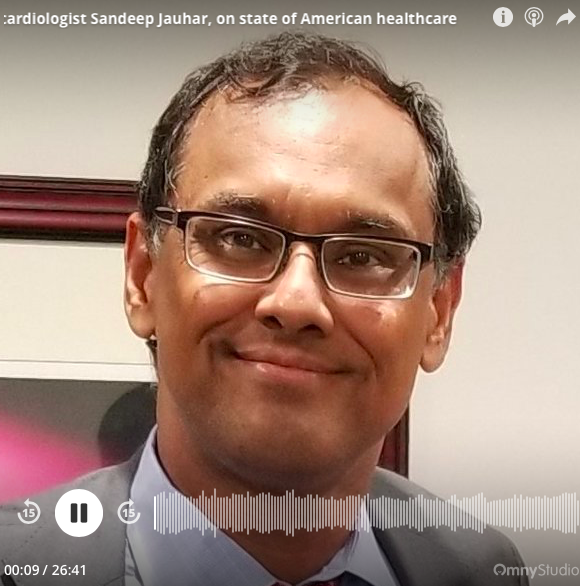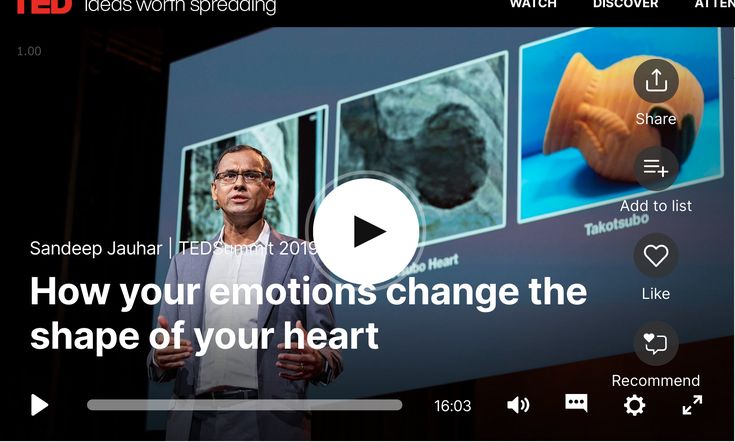

Over 100 years of heart history is discussed.

Heart disease-still remains the leading cause of death and it’s important that we care for this beating miracle. Highly placed and, in the center, giving us a clear visual of its glory. The journey starts off with a family member that was suffering from a heart condition and the description of the heart as an “untouchable” organ is truly poetic in this read. This book is personal and Sandeep connects with his audience-as only a specialist can. "It looked like a reentrant spiral wave, the signature of the heart's death.my head was spinning." -Sandeep Jauhar Jauhar is blatantly honest and he starts out with his own medical file and is transparent as glass. This includes the field of research and Sandeep Jauhar who has become quite a prominent voice in medicine regales us with “Heart: A History.” He weaves the tale expertly-as if he were creating a biography on this wonderful organ. Writing not only creates a record but a way in which to see, understand and reflect on all that we do. "It looked like a reentrant spiral wave.Ĭontrary to what people think, physicians are good communicators, writers and many are astute journalists. If you're interested in learning more about the history of cardiac medicine, I would recommend this as a great place to start. Lawlor does a fine job in his performance, though I find he has a tendency to overpronounce everything, like he's trying to make a monologue clear to the back of a theater instead of simply reading to someone at close range. I found many answers that I didn't know I was looking for. With a history of cardiac arrest in my own family, I felt a draw to the subject material. He discussed his grandfather's death from a heart attack and how it has haunted him throughout his life. I bought the book because I heard an interview on NPR with Dr. I pushed on, however, and the rest of the book returned to clarity. The writing is clear and understandable to the layman for the most part, with a notable exception for the chapter discussing electrocardiology, which threatened to derail my progress.

Jauhar begins most chapters with a personal anecdote and then relates it to a point of historical importance. The book is filled with many interesting medical personalities and their often crazy quests for answers to the mysteries of the heart. I'm likely the target audience for this book: someone with little knowledge of medicine (I'm a musician) but curious about how life works.

Jauhar has written an engaging book about the history of the heart and cardiology, focusing largely on the advances in the last 150 years but including references throughout history.


 0 kommentar(er)
0 kommentar(er)
